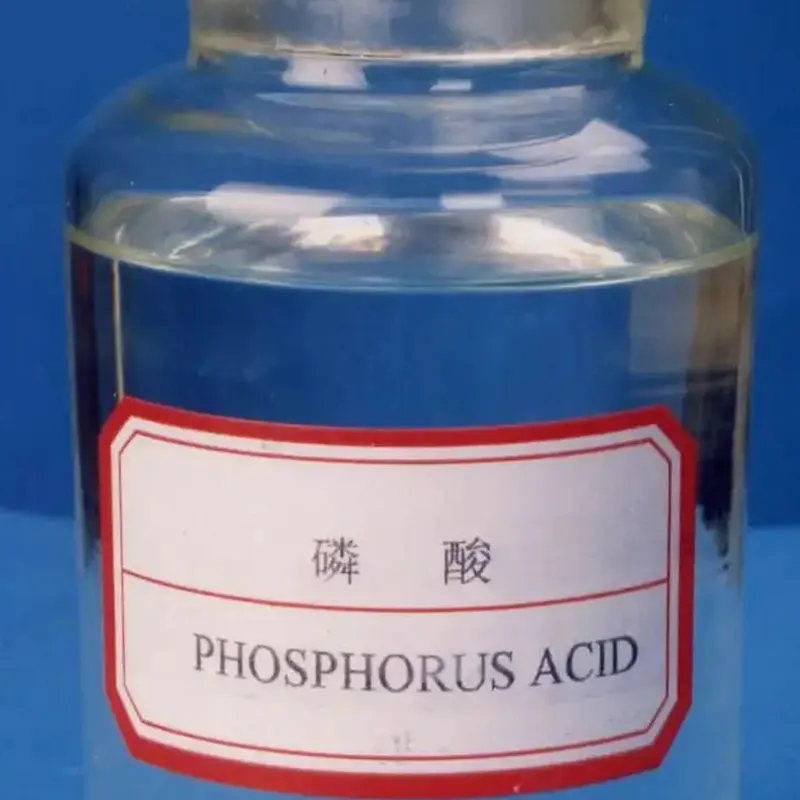
Exploring Various Categories of Food Additives and Their Functions
Understanding Different Types of Food Additives
Food additives have become an integral part of the modern food industry, enhancing flavor, preserving freshness, and improving texture. As our understanding of nutrition and food science has evolved, so too has the complexity and variety of food additives available to manufacturers. This article provides an overview of different types of food additives, their purposes, and some common examples.
Preservatives
One of the primary categories of food additives is preservatives, which are substances added to food to prevent spoilage and extend shelf life. They work by inhibiting the growth of bacteria, molds, and yeasts that can lead to foodborne illnesses and degradation. Common preservatives include sodium benzoate, potassium sorbate, and calcium propionate. While these additives can help maintain food quality, some consumers are concerned about their safety and have turned to natural alternatives like vinegar and salt to preserve food.
Color Additives
Color additives, or colorants, are used to enhance the appearance of food, making it more appealing to consumers. They can be derived from natural sources, such as beet juice or turmeric, or they can be synthetic, like Red 40 or Yellow 5. The use of color additives is heavily regulated in many countries due to potential allergic reactions and health concerns. However, they play a crucial role in the food industry, especially in processed foods where vibrant colors can influence purchasing decisions.
Flavor Enhancers
different types of food additives

Flavor enhancers are additives that amplify the natural flavors of food without adding their own distinct taste. Monosodium glutamate (MSG) is perhaps the most well-known flavor enhancer, often praised for its ability to highlight the umami taste. Other examples include yeast extract and hydrolyzed vegetable protein. While many people enjoy the flavor enhancements these additives provide, some have reported sensitivities or adverse reactions, leading to ongoing debates about their safety.
Texture Modifiers
Texture modifiers, also known as emulsifiers or stabilizers, are added to improve the mouthfeel and consistency of food products. They help to blend ingredients that typically do not mix well, such as oil and water, creating a smoother texture in products like salad dressings and mayonnaise. Common emulsifiers include lecithin, glycerol monostearate, and xanthan gum. These additives are essential for maintaining the desired consistency in many processed foods and are generally considered safe for consumption.
Nutritional Additives
Nutritional additives are used to enhance the health benefits of food products. They include vitamins, minerals, and dietary fibers that are added to fortify food or supplement specific nutrient deficiencies. For example, many breakfast cereals are fortified with vitamins B and D. Similarly, calcium is added to some juices and plant-based milks to aid in bone health. While these additives can play a significant role in public health, there are ongoing discussions about the balance between whole foods and fortified products.
Conclusion
In conclusion, the world of food additives is diverse and multifaceted, with various types serving different functions in the food industry. From preservatives to flavor enhancers, each additive plays a vital role in ensuring the safety, taste, and quality of processed foods. While many additives have been deemed safe for consumption, continuous research and consumer awareness are essential to maintaining a balanced perspective on their benefits and potential risks. As we navigate the complexities of food, it's crucial to make informed choices about what we consume, paying attention to the additives that are present in our food. Understanding different types of food additives can empower us to make healthier and more informed dietary decisions.
-
Pure Sodium Dichloroisocyanurate Dihydrate | Powerful DisinfectantNewsAug.29,2025
-
Industrial Chemicals: Quality & Purity for Every IndustryNewsAug.28,2025
-
Nitrile Rubber Honoring Strict Production StandardsNewsAug.22,2025
-
Aspartame Ingredients Honoring Food Safety ValuesNewsAug.22,2025
-
Fertilizer for Balanced Plant NutritionNewsAug.22,2025
-
Cyanide Gold Processing with High Purity AdditivesNewsAug.22,2025
-
Formic Acid in Textile Dyeing ApplicationsNewsAug.22,2025
Hebei Tenger Chemical Technology Co., Ltd. focuses on the chemical industry and is committed to the export service of chemical raw materials.
-

view more DiethanolisopropanolamineIn the ever-growing field of chemical solutions, diethanolisopropanolamine (DEIPA) stands out as a versatile and important compound. Due to its unique chemical structure and properties, DEIPA is of interest to various industries including construction, personal care, and agriculture. -

view more TriisopropanolamineTriisopropanolamine (TIPA) alkanol amine substance, is a kind of alcohol amine compound with amino and alcohol hydroxyl, and because of its molecules contains both amino and hydroxyl. -

view more Tetramethyl Thiuram DisulfideTetramethyl thiuram disulfide, also known as TMTD, is a white to light-yellow powder with a distinct sulfur-like odor. It is soluble in organic solvents such as benzene, acetone, and ethyl acetate, making it highly versatile for use in different formulations. TMTD is known for its excellent vulcanization acceleration properties, which makes it a key ingredient in the production of rubber products. Additionally, it acts as an effective fungicide and bactericide, making it valuable in agricultural applications. Its high purity and stability ensure consistent performance, making it a preferred choice for manufacturers across various industries.





